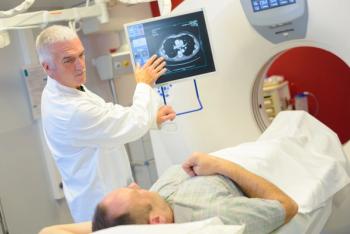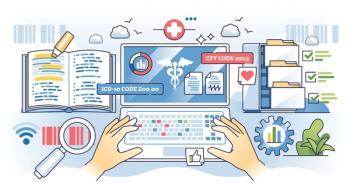
Asahi Kasei wins FDA Approval for advanced ZOLL Zenix monitor/defibrillator
Key Takeaways
- The ZOLL Zenix monitor/defibrillator, approved by the FDA, enhances emergency medical services with advanced features like a durable touchscreen and real-time guidance technologies.
- Asahi Kasei's strategic focus on high-value technologies aims to expand its critical care portfolio and maintain competitive growth in the healthcare sector.
Asahi Kasei unveils the ZOLL Zenix defibrillator, enhancing emergency care with advanced technology and real-time guidance for health care professionals.
Asahi Kasei, a global provider of health care technology and pharmaceutical solutions, announced that the U.S. Food and Drug Administration has granted premarket approval for the ZOLL Zenix monitor/defibrillator, a next-generation device designed for use in emergency medical services and hospital settings.
The Zenix device, developed under Asahi Kasei’s ZOLL brand, is the company’s most clinically advanced and user-friendly professional
“The approval of Zenix reflects our strategic, long-term focus on growth through high-value, solution-based technologies,” said Ken Shinomiya, leader of the Healthcare Sector at Asahi Kasei. “This device has been designed with an understanding of customer needs, and we expect it will be well-received by customers and health care professionals. This innovation expands our critical care portfolio and offers health care providers an excellent tool to tackle their key challenges. We will stay competitive and reinforce our commitment to long-term profitable growth through these innovations.”
Since joining the Asahi Kasei Group in 2012, ZOLL has been a major driver of growth for the company’s health care sector, contributing to a fivefold increase in net sales and a sevenfold rise in operating income. As part of its medium-term management plan, Asahi Kasei aims to continue introducing new products like the Zenix to strengthen its market competitiveness and support sustainable development.
Innovation surges in critical care and resuscitation technologies
The market for advanced
Modern monitor/defibrillators now commonly include AI-assisted CPR coaching, adaptive pacing algorithms, and seamless data sharing with hospital electronic records—capabilities that can improve clinical precision and reduce cognitive load on caregivers. Advances in battery performance and ruggedized design are also extending the usability of such devices in prehospital and disaster response environments.
In parallel, hospitals and emergency response organizations are prioritizing equipment that supports interoperability and reduces training complexity. These trends are reshaping the critical care landscape, emphasizing not only reliability and speed but also data-driven insights that can inform broader system improvements in cardiac arrest and acute care management.
Newsletter
Stay informed and empowered with Medical Economics enewsletter, delivering expert insights, financial strategies, practice management tips and technology trends — tailored for today’s physicians.















